
IU biologist seeks new strategy in war against antibiotic resistance
With increased knowledge about how quorum sensing and proteins control pathogenesis in bacteria, Assistant Professor Julia van Kessel's lab hopes to develop resistance-proof drugs.

With increased knowledge about how quorum sensing and proteins control pathogenesis in bacteria, Assistant Professor Julia van Kessel's lab hopes to develop resistance-proof drugs.
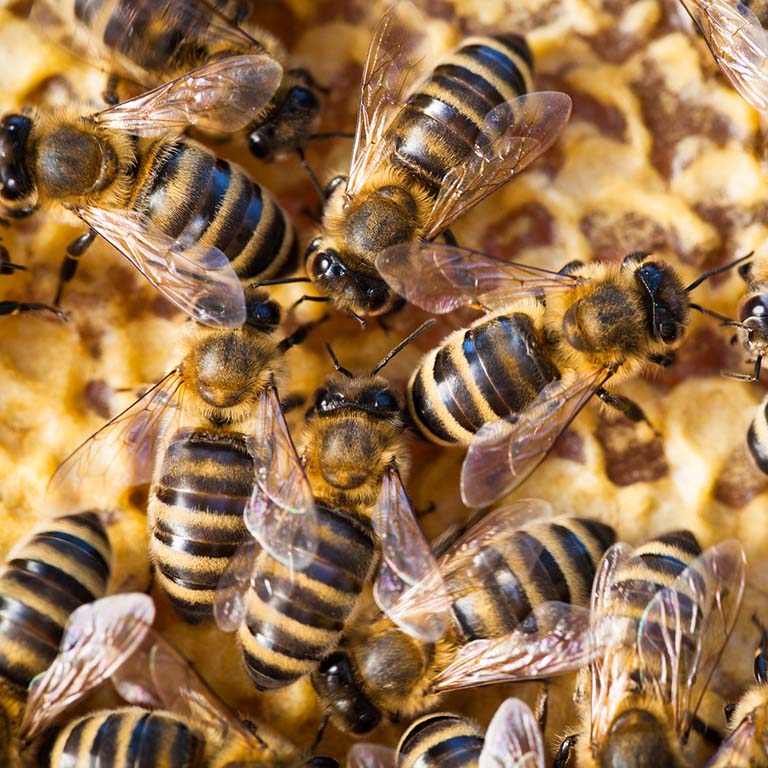
Postdoc Eric Smith (Newton Lab) uses computational biological methods to investigate how microbiomes support and influence bee function.
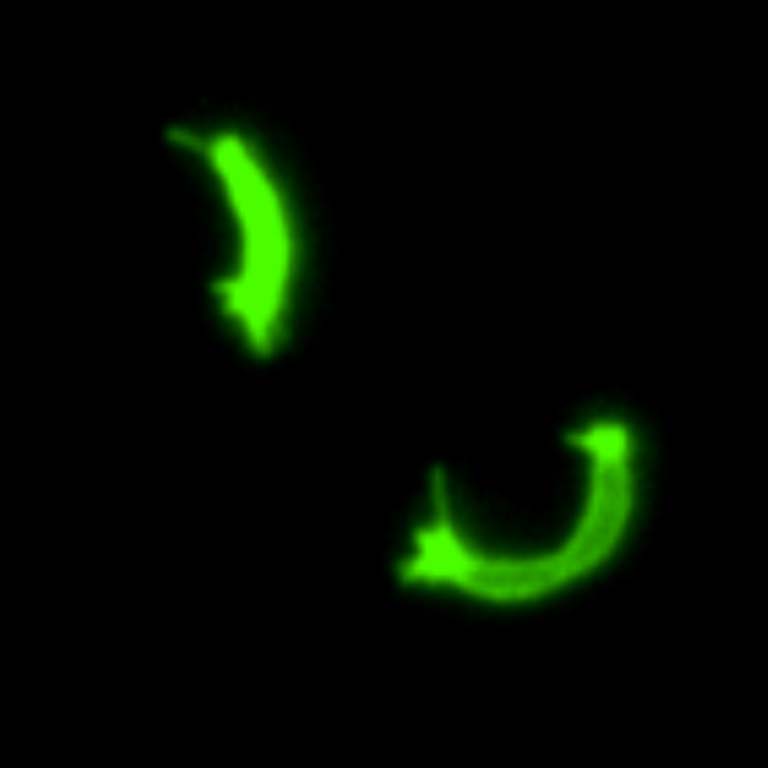
Courtney Ellison, who earned her Ph.D. in microbiology earlier this year, used a combination of cell biology, genetics, and biophysics to solve this puzzle during her thesis research in the Brun lab. Study results published in Science Advances.
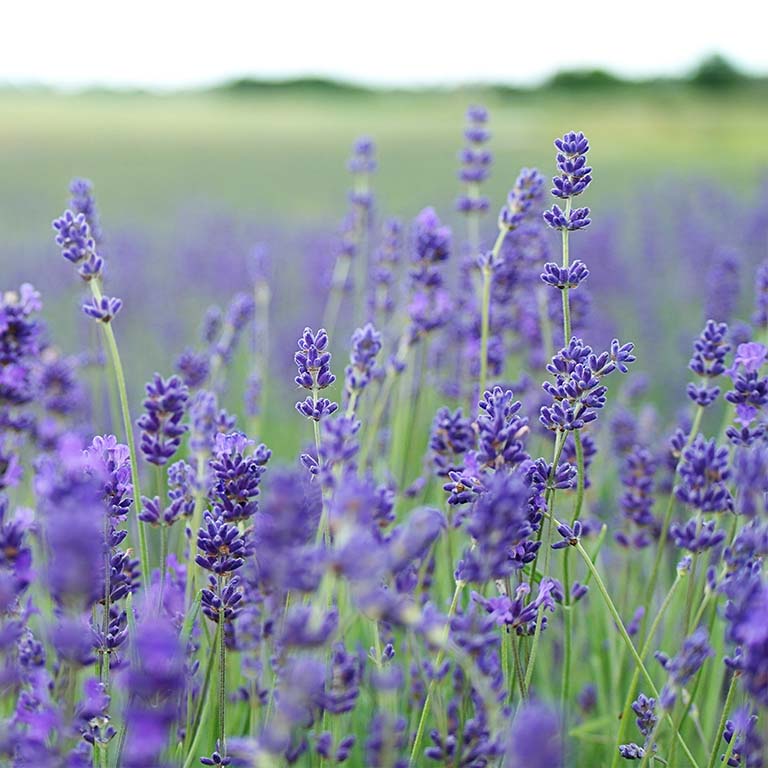
IU researchers have discovered that a chemical compound found in essential oils improves the healing process in mice when it is topically applied to a skin wound.
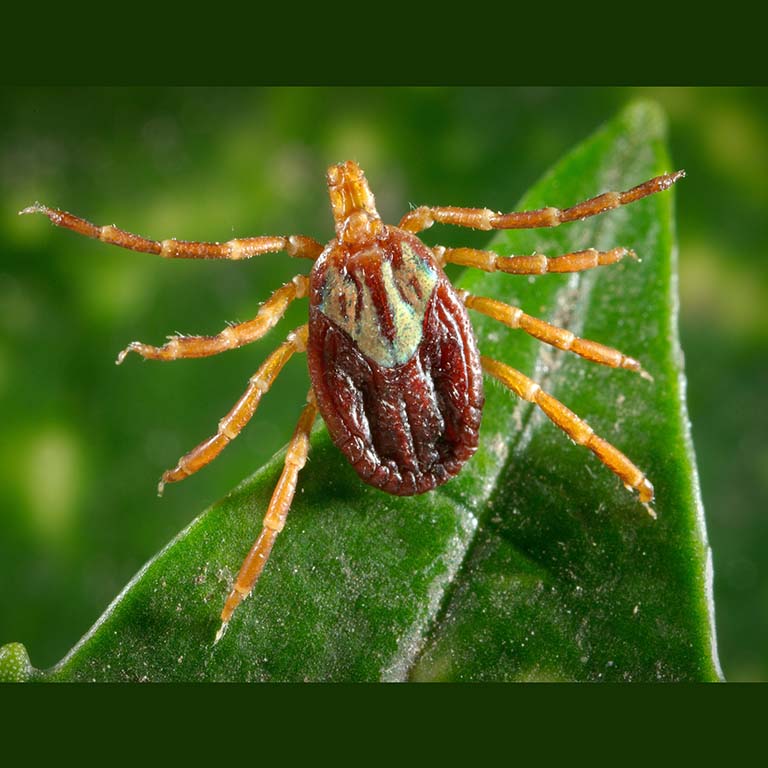
IU researchers have confirmed a tick species and known disease-carrying arachnid in southern Indiana typically associated with the southeastern United States.
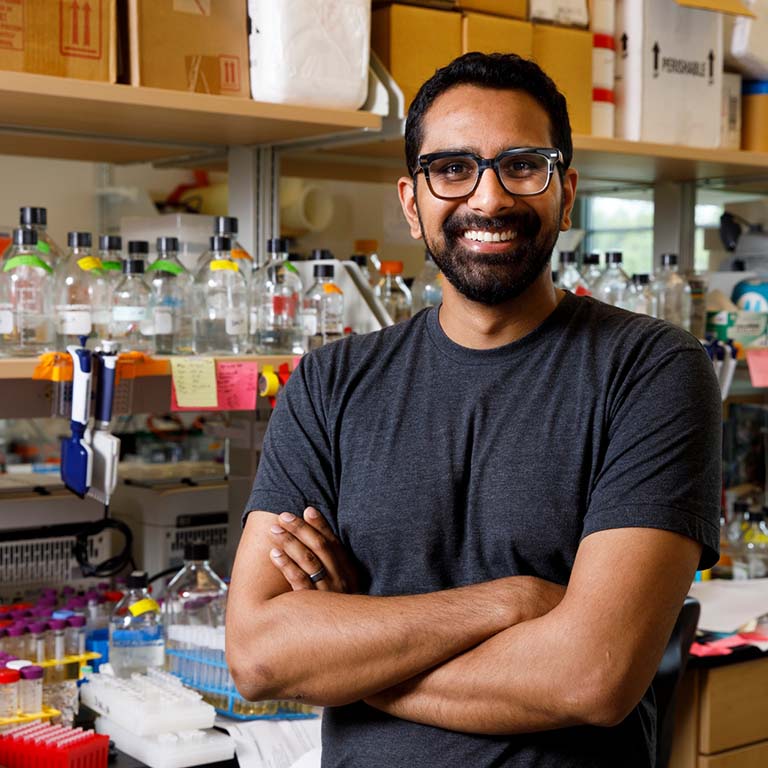
Newly developed fluorescent reporters illuminate the many steps bacteria use to recombine newly ingested DNA into their genome during horizontal gene transfer by natural transformation.
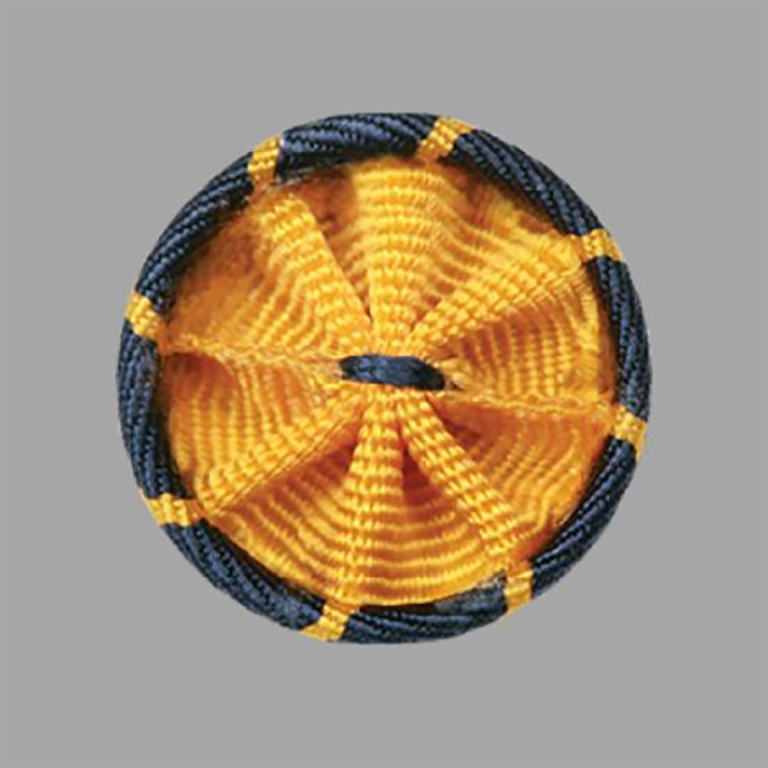
Three faculty members associated with IU Biology have been named fellows of the American Association for the Advancement of Science, an honor that recognizes their outstanding contributions to the progress of science and research.
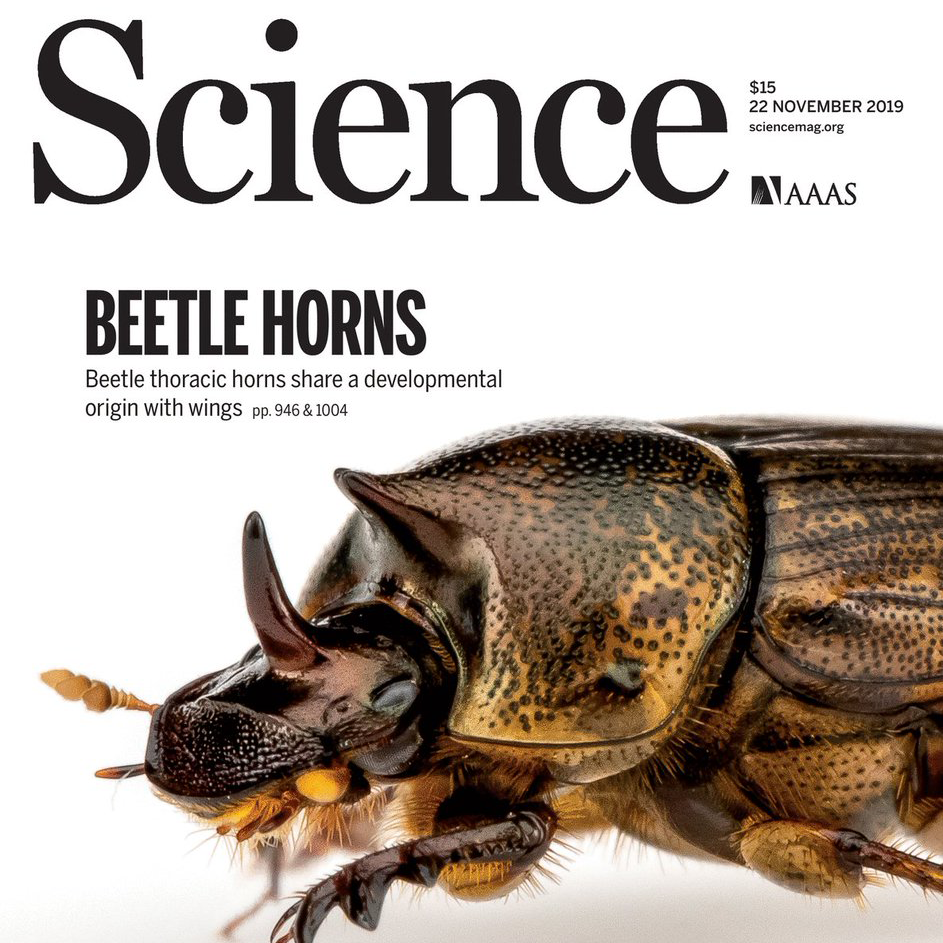
Realization that thoracic horns are built by the same gene network as wings reframes traditional ideas about emergence of 'new' traits.
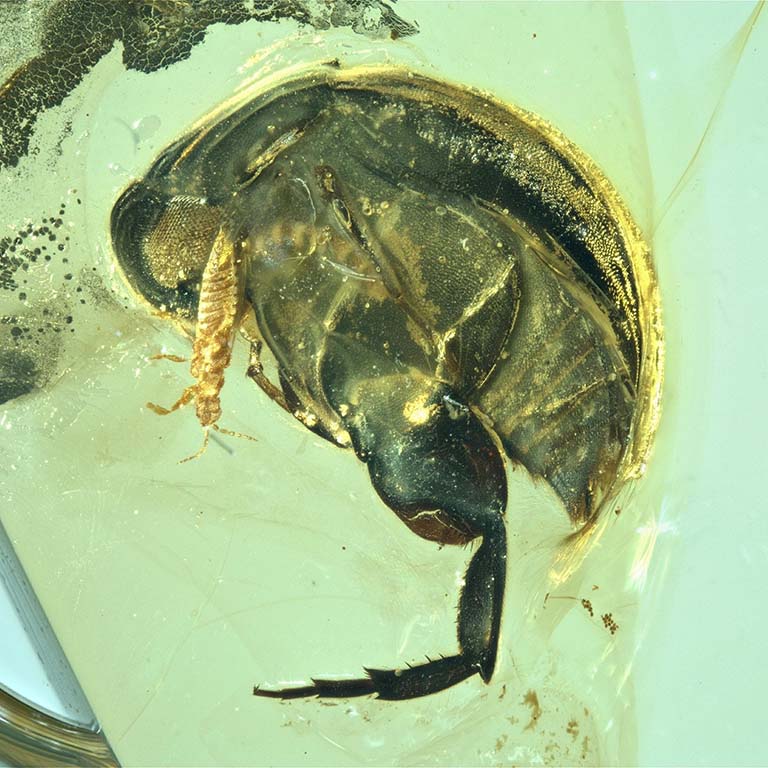
A study co-led by U.S. and Chinese researchers has made a discovery that puts the first-known physical evidence of insect flower pollination in the mid-Cretaceous period. Professor Emeritus David Dilcher was the U.S. co-author on the study.
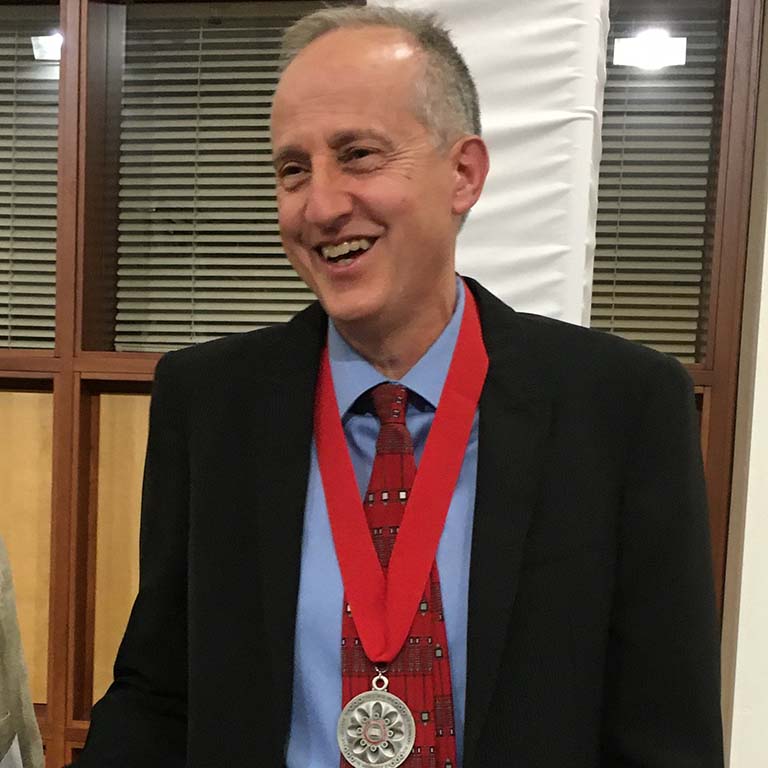
Jeffrey Palmer, Distinguished Professor Emeritus and Class of 1955 Professor of Biology, has been awarded the IU President's Medal for Excellence.
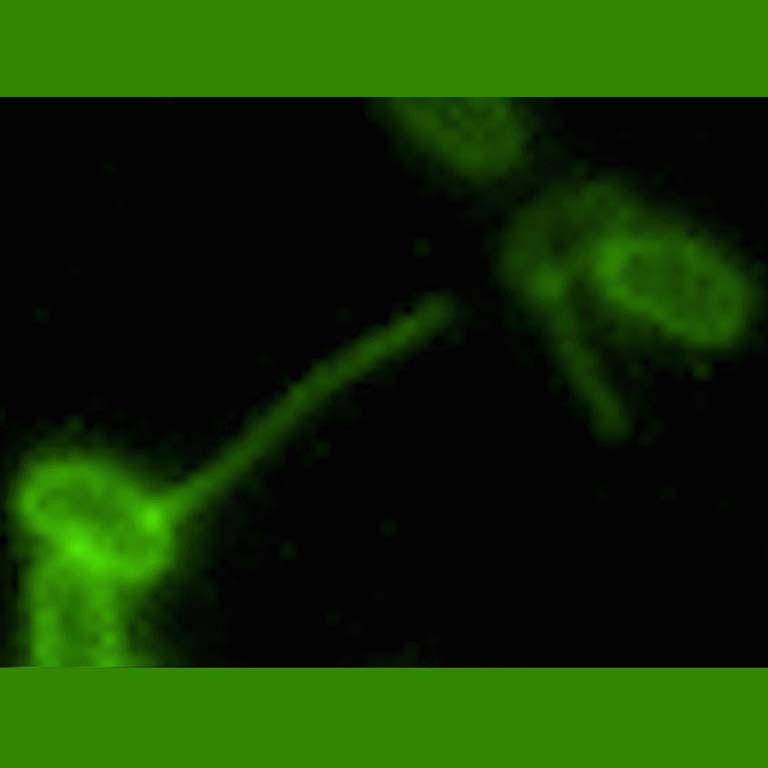
A new imaging method invented at IU leads to a discovery about how bacteria use thin hair-like surface appendages called pili for 'natural transformation.'
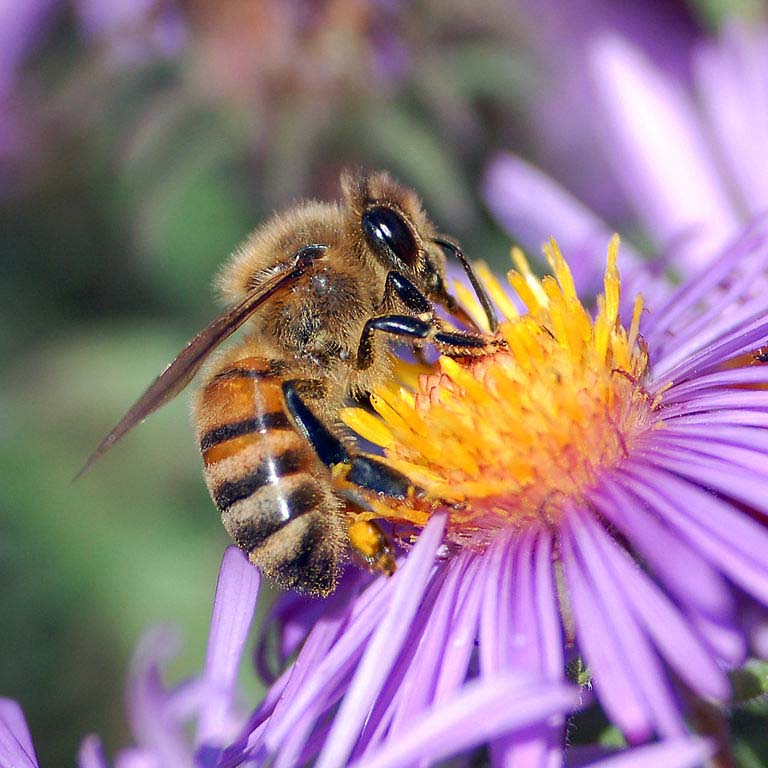
Associate Professor Irene Newton and Ph.D. students Audrey Parish and Delaney Miller talk with WTIU News about Indiana beekeeping.
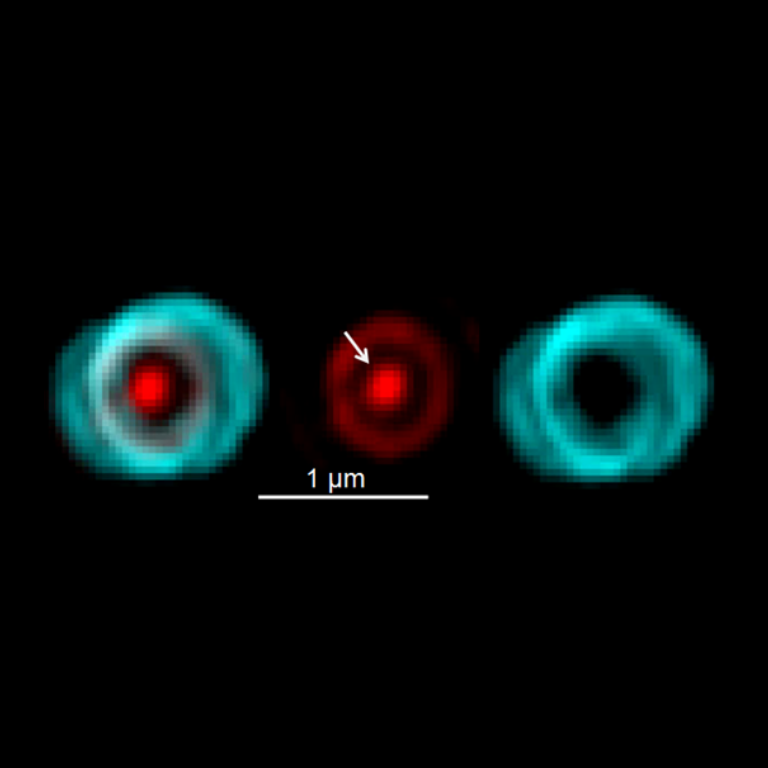
Professor Malcolm Winkler will investigate cell wall synthesis in Streptococcus pneumoniae to find new vulnerabilities of bacterial pathogens.
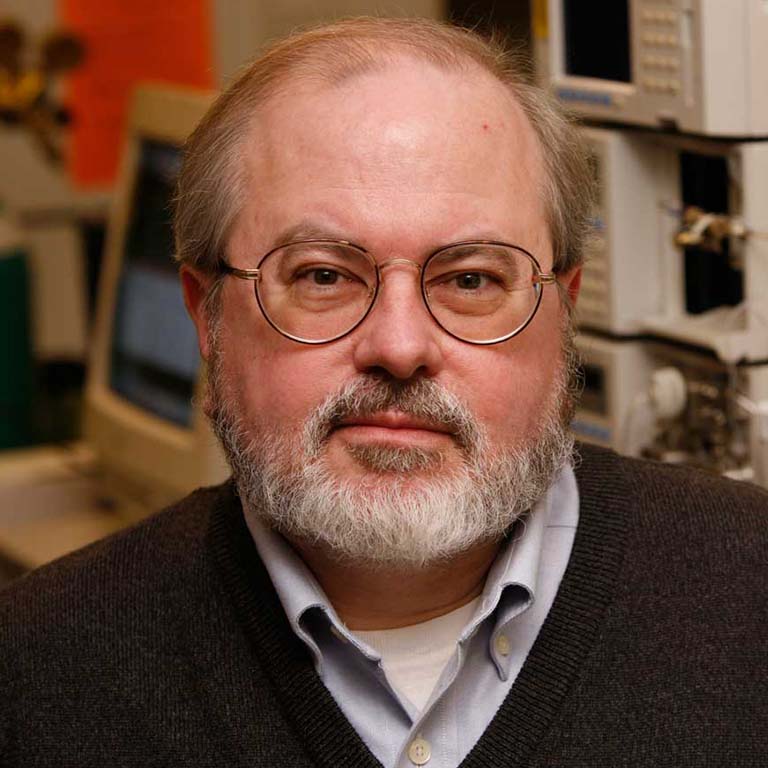
Professor Malcolm Winkler has coauthored the highly anticipated fourth edition of Bacterial Pathogenesis—A Molecular Approach.
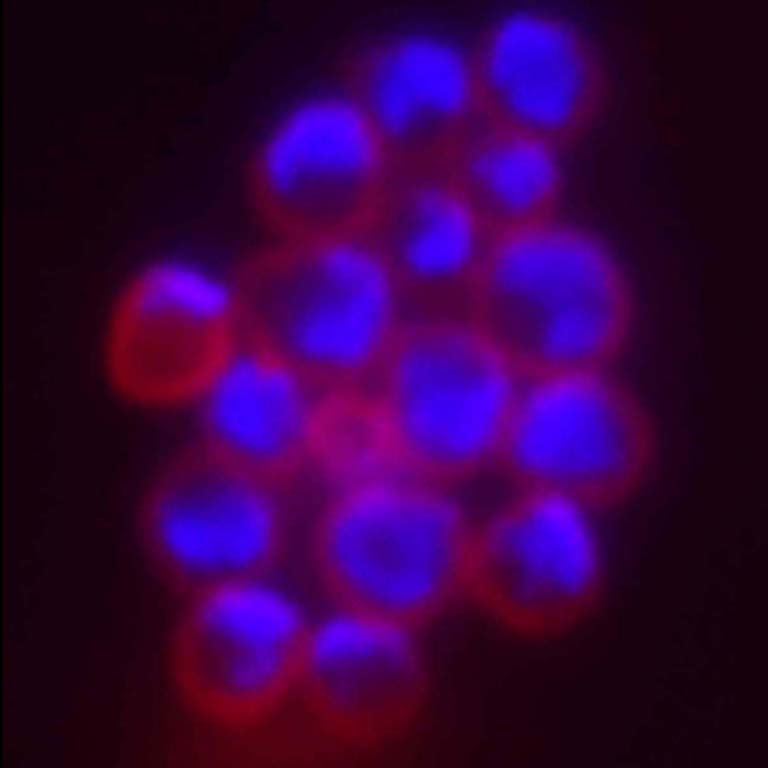
Discovery from Indiana University could advance use of single-celled organism in research on cancers related to errors in cellular gene expression.
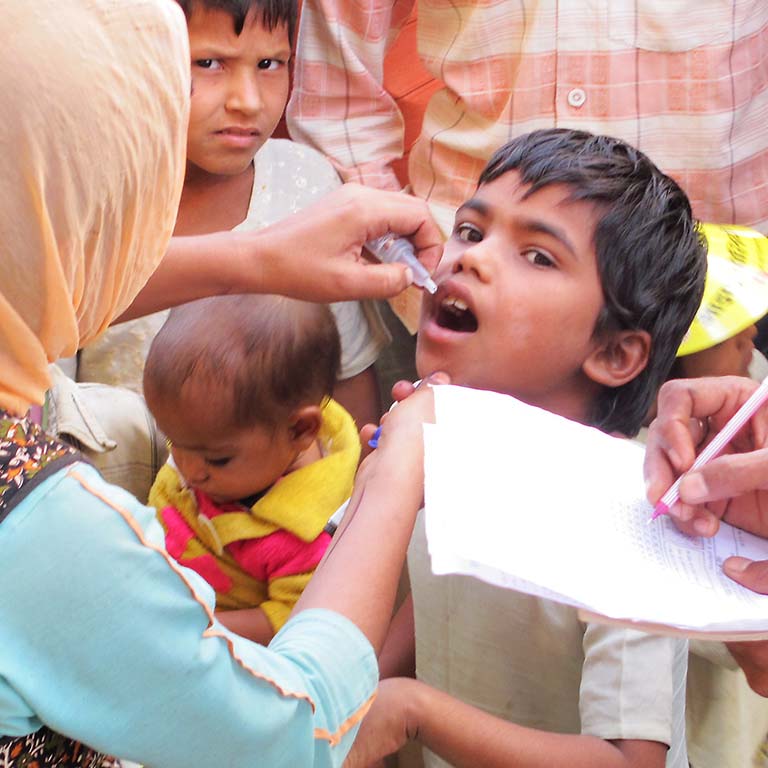
Through genetic changes, the weakened polio vaccine virus can reacquire the ability to cause paralytic polio. A new vaccine deliberately constructed to prevent the poliovirus from regaining virulence may be the answer.
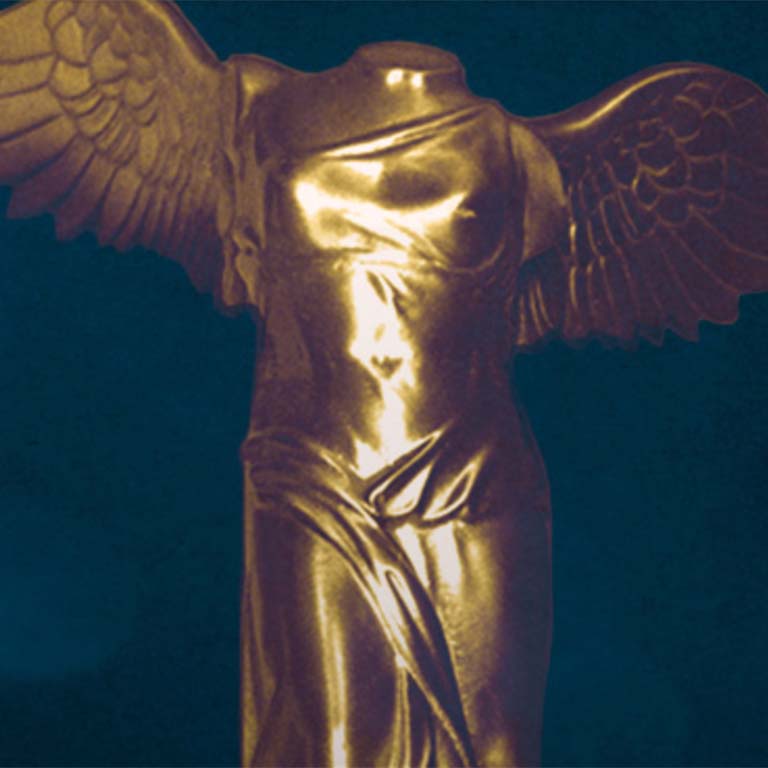
Herceptin is used to treat patients with HER2-positive breast cancer, an especially aggressive form of the disease.
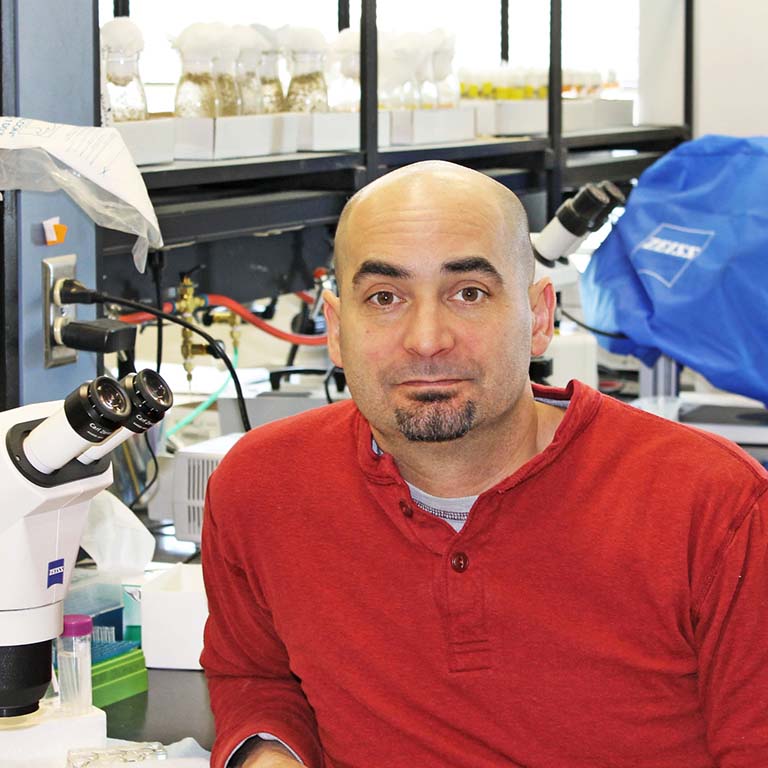
Two NSF grants to Andrew Zelhof will support the use of arthropods to advance research on basic biological mechanisms, including vision.
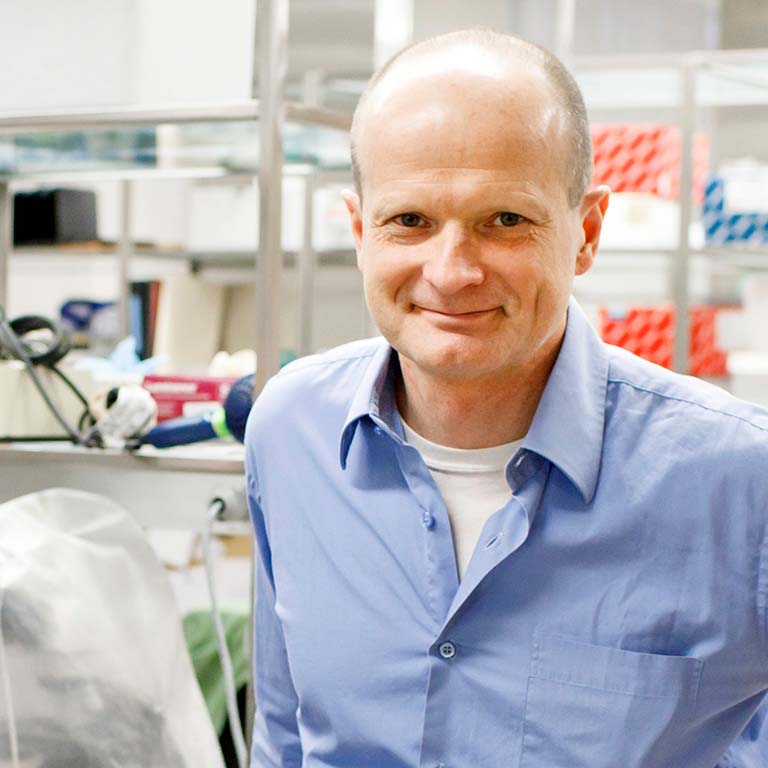
Armin Moczek and colleagues will study how organisms play an active role in directing their own development and evolution
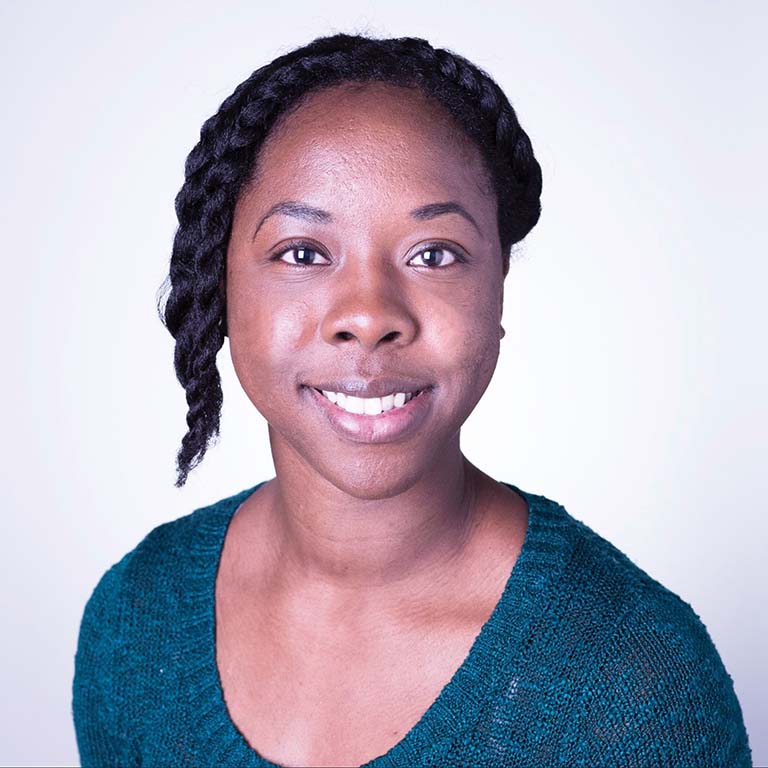
Ph.D. student Lekeah Durden will use the award to fund her research on the co-evolution of Ipomoea tricolor and its fungal partner.
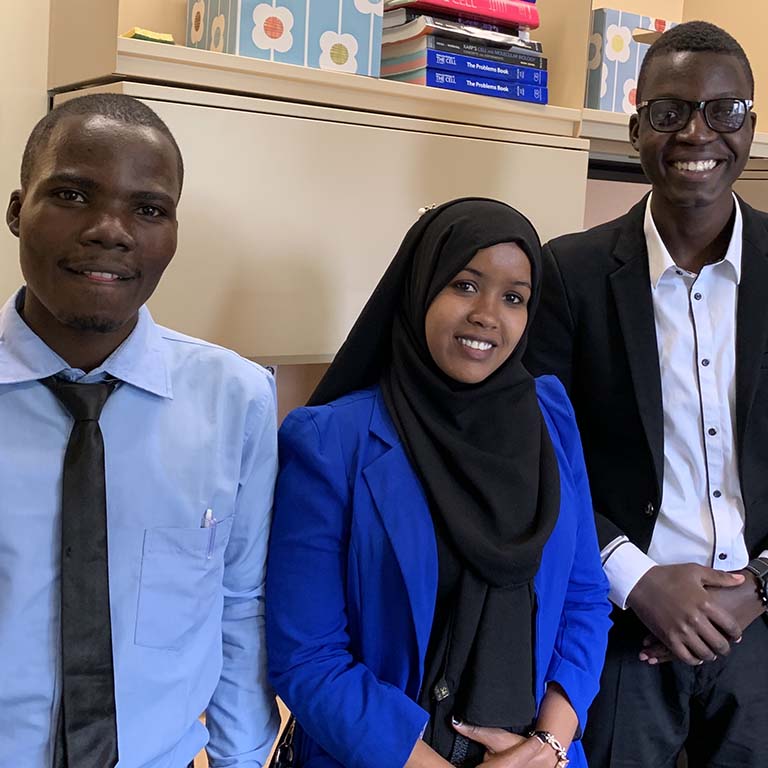
The experience gained while working in IU research laboratories will better prepare the students for application to graduate school.
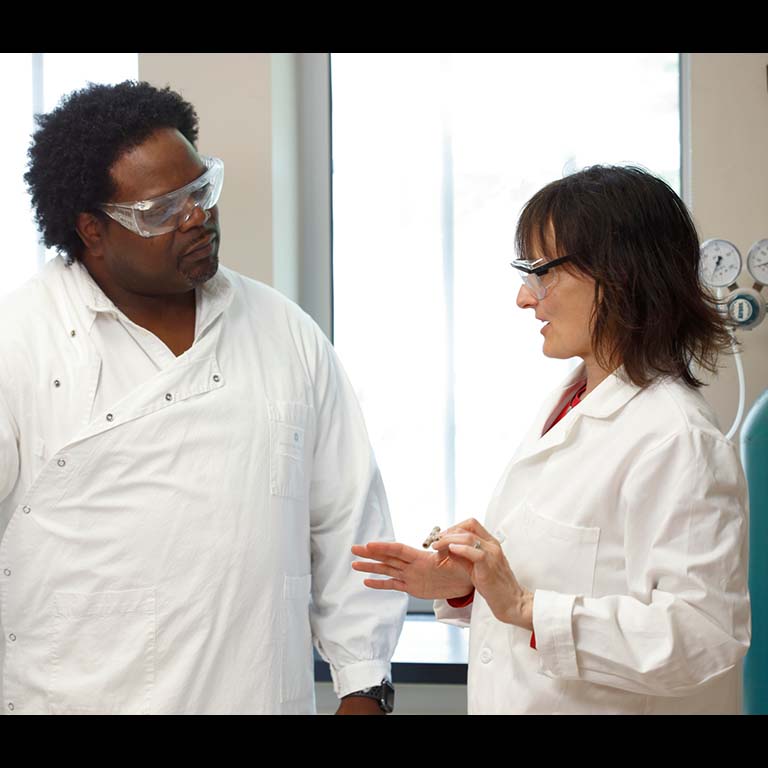
Funding will aid Rowe-Magnus's project to design an antimicrobial peptide to treat diabetic foot ulcers. Another grant will fund Newton's work to understand how a microbial symbiont of the honey bee protects against stressors.
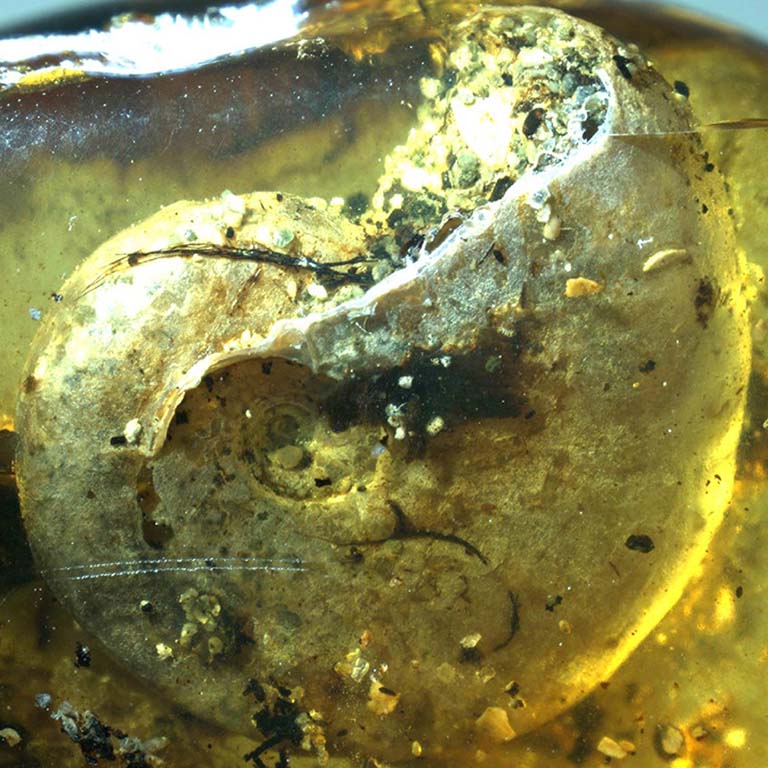
A 100-million-year-old lump of fossilized tree resin discovered in the mines of northern Myanmar is helping scientists shed new light on ancient sea life.
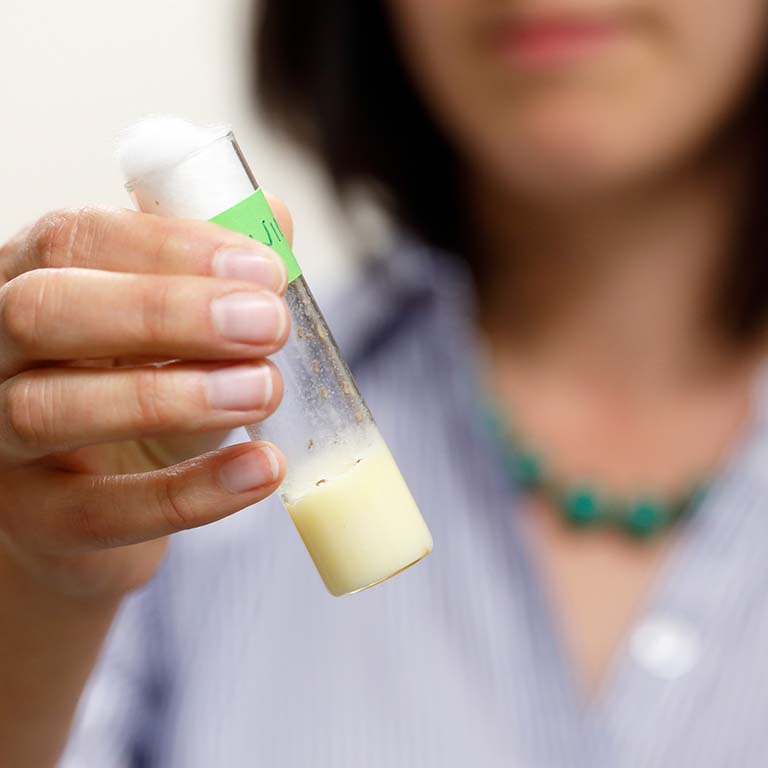
Irene Newton will investigate how Wolbachia colonizes insects to prevent the spread of diseases such as West Nile virus and Zika
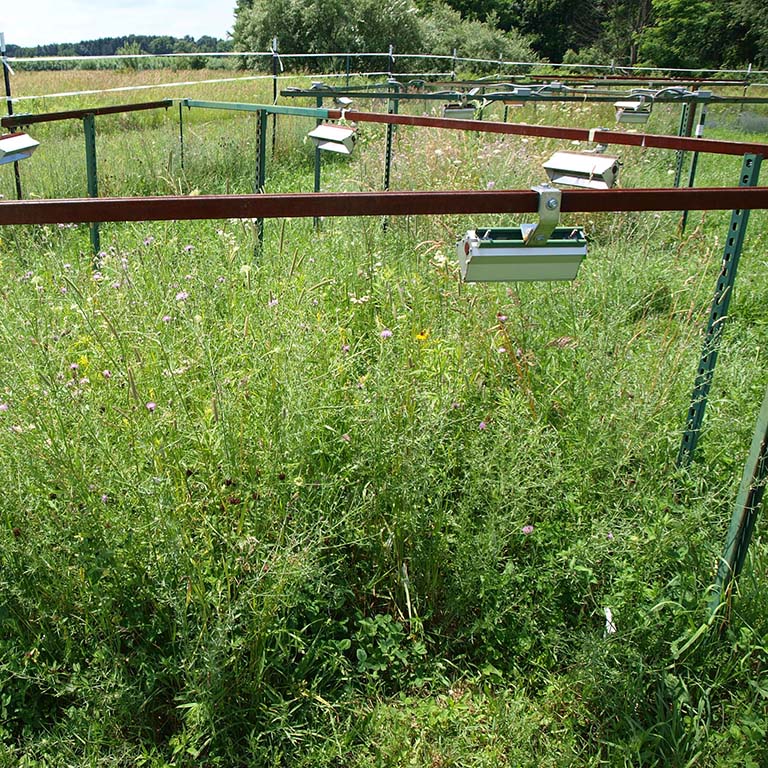
Associate Professor Jen Lau (co-author on the study) and her students simulated global warming conditions in fields planted with native and non-native plants to test their hypothesis.
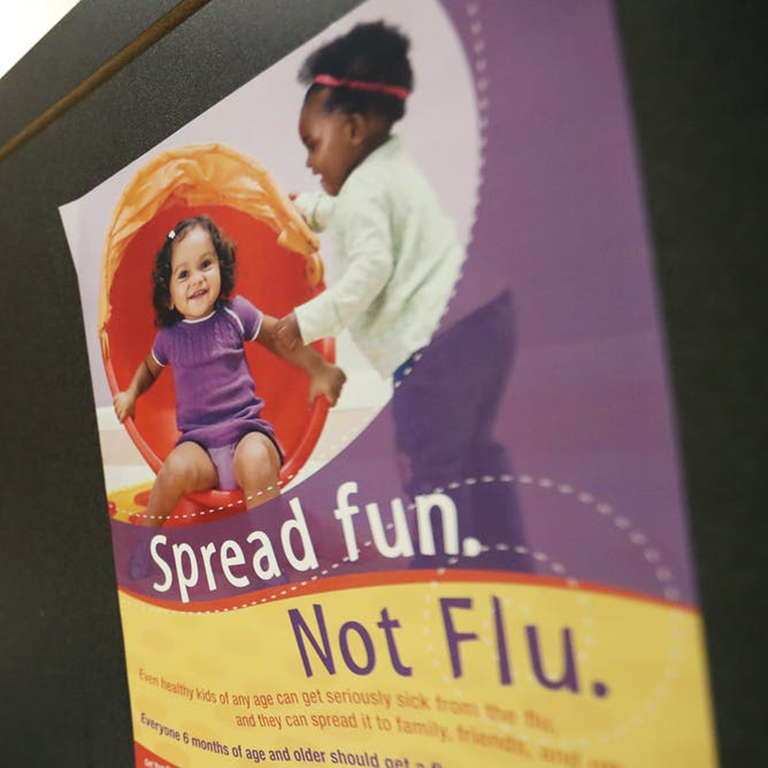
Professor Emerita Pat Foster explains why there were two waves of flu during the 2018-19 flu season.
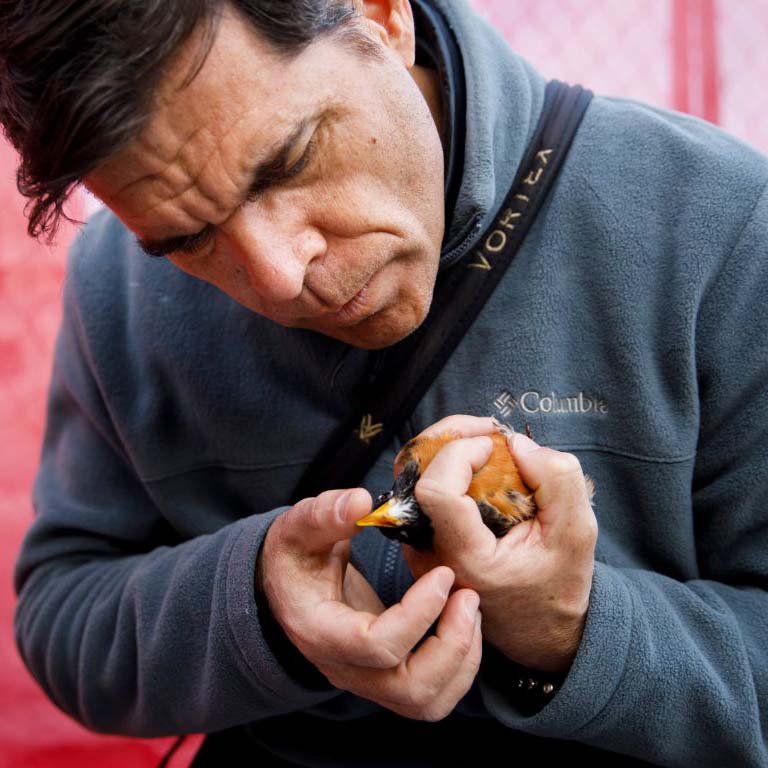
Biologist Alex Jahn investigates migration patterns of robins with tiny GPS trackers to inform an 'early detection system' of environmental shifts
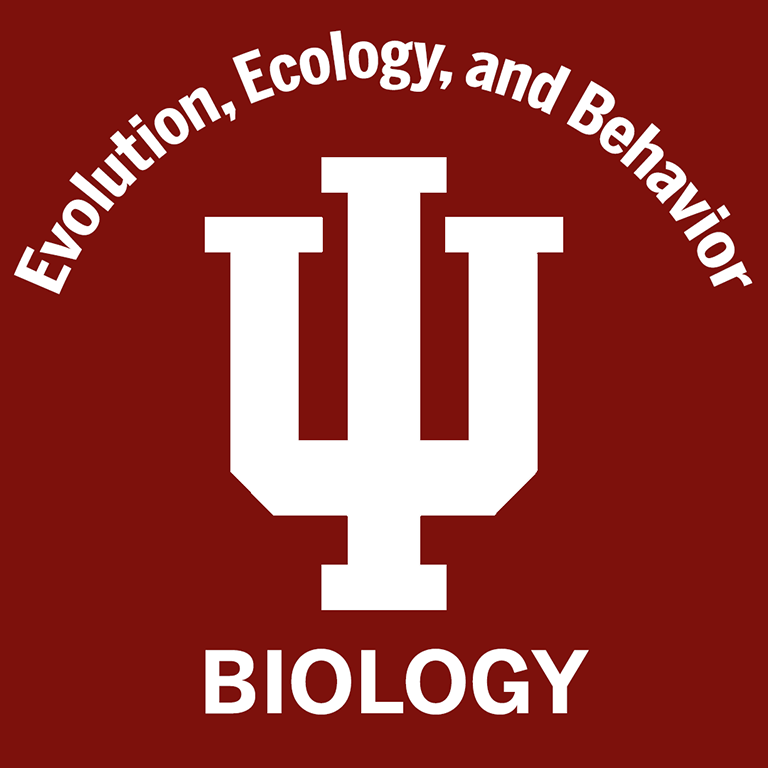
A compilation of recent achievements of our Ph.D. students in the Evolution, Ecology, and Behavior Graduate Program.

Kaeli Bryant, an undergraduate doing research in the Newton lab, has been named a Goldwater Scholar for the 2019-2020 academic year.
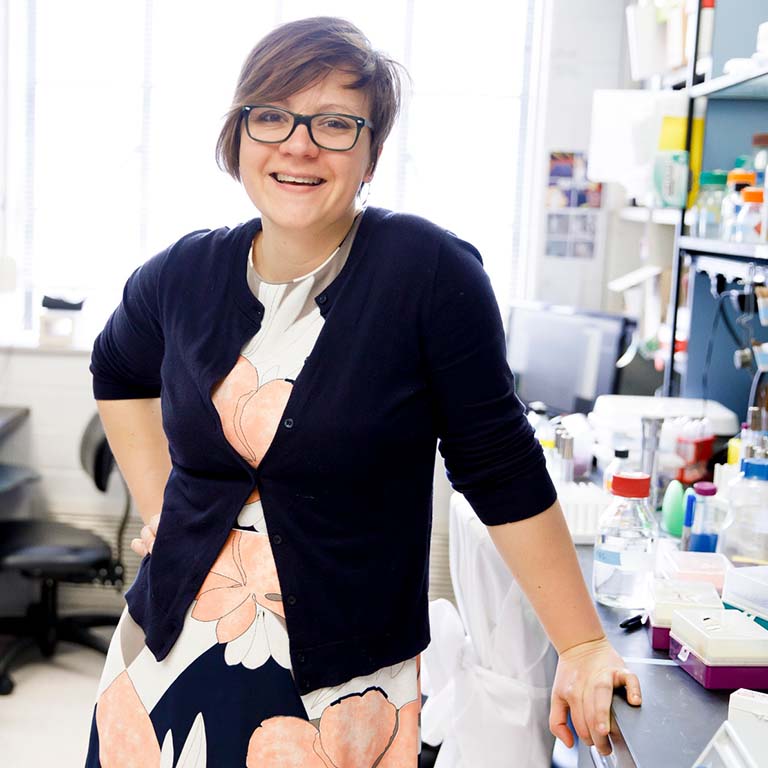
An IU Biology study showing bacteria can evolve new genes from viral attackers could help advance research on bacterial resistance, other uses of bacteria

IU Distinguished Professor Yves Brun has been awarded the 2019 Murray Award from the Canadian Society of Microbiologists.
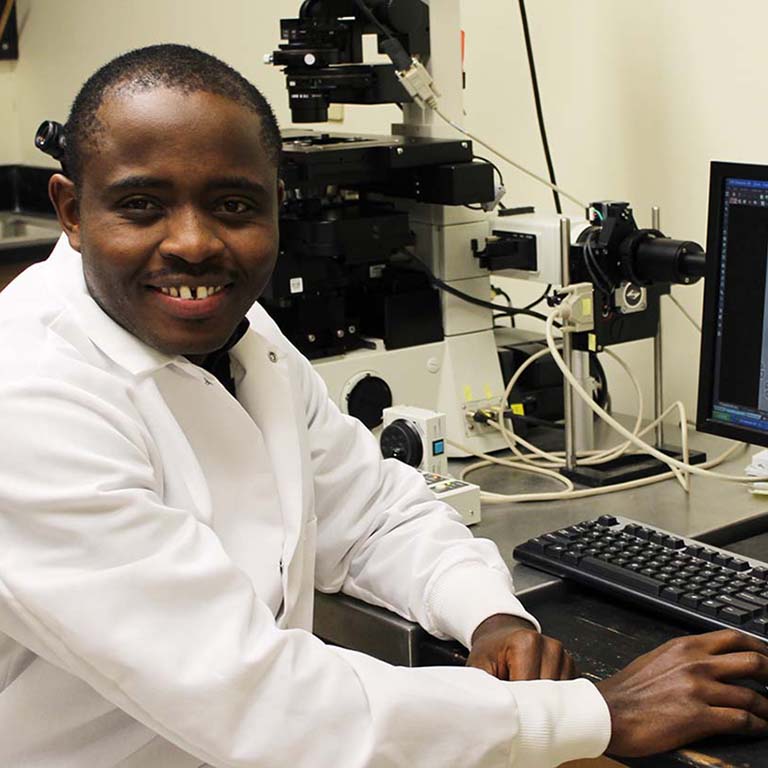
Gabriel Muhire Gihana (Lacefield lab) is honored to be the first graduate student featured in the Journal of Cell Biology's People and Ideas series.

Senior Lecturer Amy Berndtson has been awarded the David and Cheryl Morley Career Distinguished Teaching Award.

Antiño Allen [M.A. 2000, Ph.D. 2010] returns to IU to discuss his experiences as a graduate student and as a young faculty member as well as to present a scientific lecture.
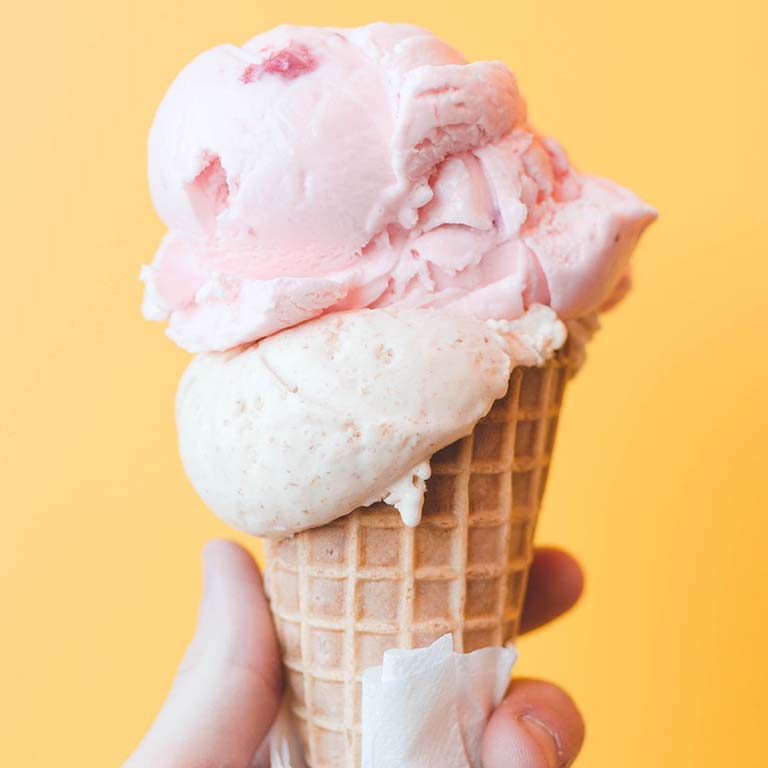
Reversing lactose intolerance might make it possible for adults to enjoy ice cream and other dairy products again.
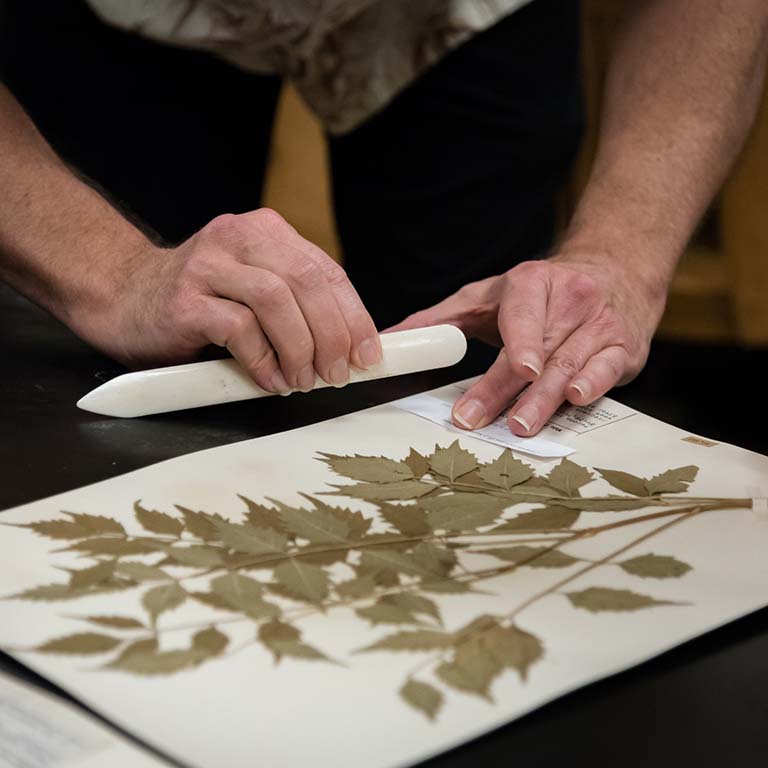
The digitization of more than 160,000 plant specimens will provide access to data to researchers across the globe.
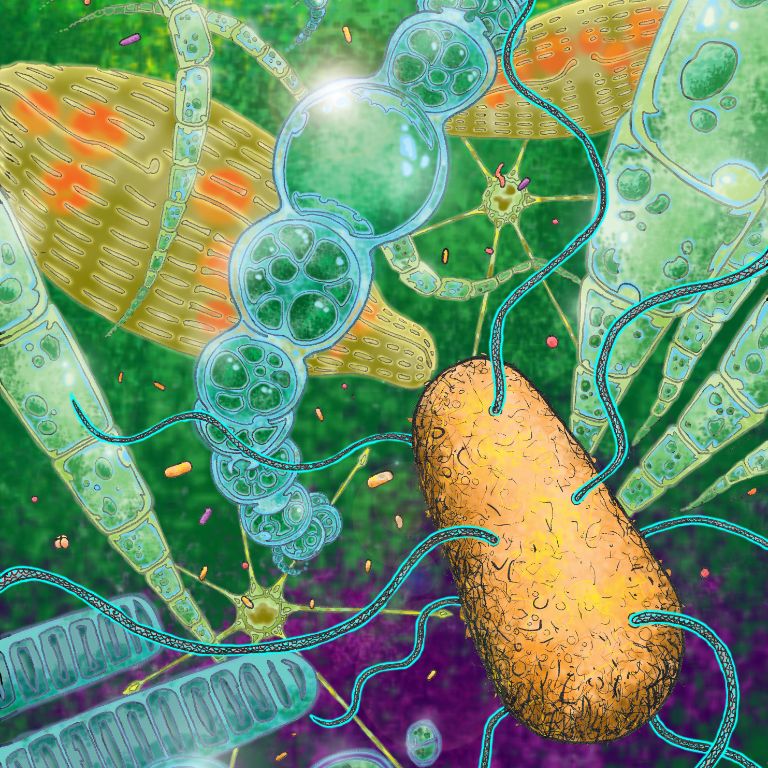
Taking advantage of his passion for art, IU biologist Jake McKinlay is taking a creative approach to teaching his advanced undergraduate course on microbial physiology and biochemistry.
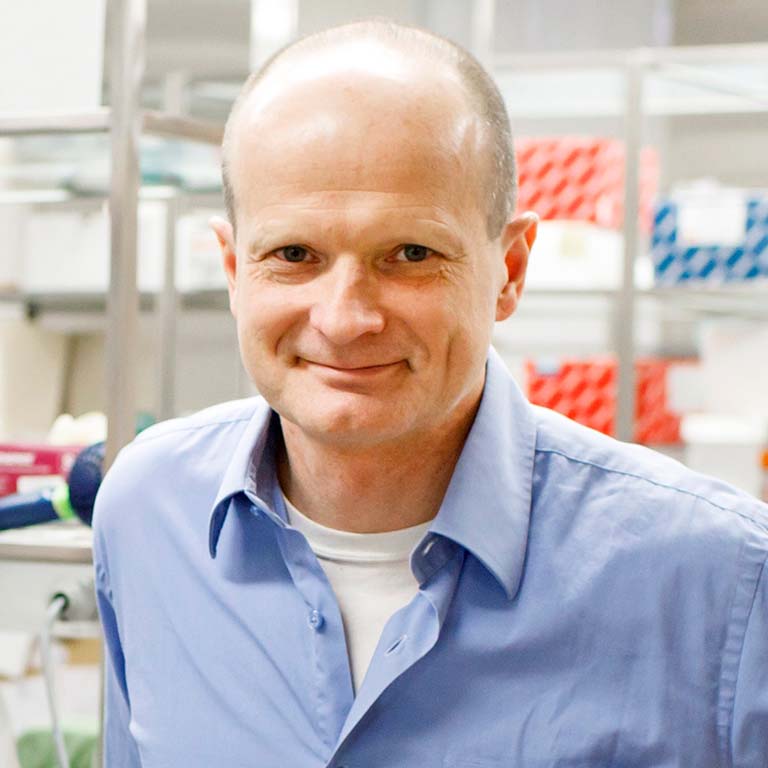
Professor Armin Moczek will use dung beetles to contrast two ways that new traits emerge in species.
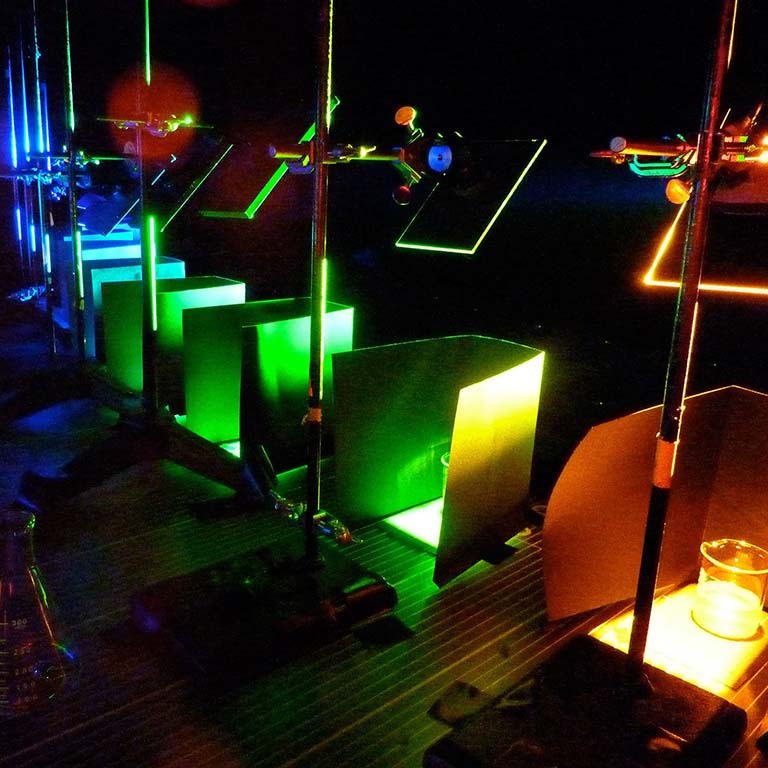
A study led by Professor David Kehoe of IU Biology and Frédéric Partensky of Sorbonne University published in PNAS exemplifies the great partnership between IU and Sorbonne University to develop research and student exchanges.
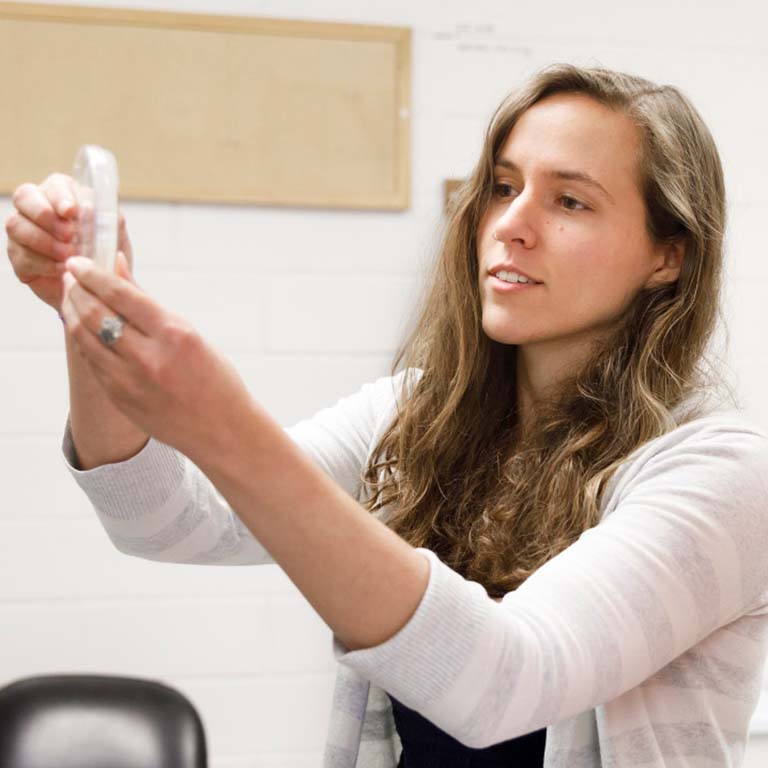
IU Ph.D. student Courtney Ellison has been named a 2019 recipient of the Harold M. Weintraub Graduate Student Award from the Fred Hutchinson Cancer Research Center.

IU Biology alumna Madeline Danforth, who earned her B.S. in microbiology with departmental honors last May, is one of the 2018-19 recipients—receiving a Fulbright award to teach English in Mexico.

Assistant Professor Ankur Dalia is recipient of Indiana University Outstanding Junior Faculty Award.

Celebrate IU Day (April 10, 2019) with the IU Department of Biology.

Professor Dan Tracey and graduate student Jeremy Davis are on a three-month excursion across the Caribbean to collect flies and wasps to research the evolutionary changes in Drosophila.

IU Professor of Biology Jay Lennon has been elected a fellow of the American Academy of Microbiology, an honorific leadership group within the American Society for Microbiology.

Professor Roger Innes, graduate student Brian Rutter, and lab members have developed protocols for purifying and analyzing plant exosomes.
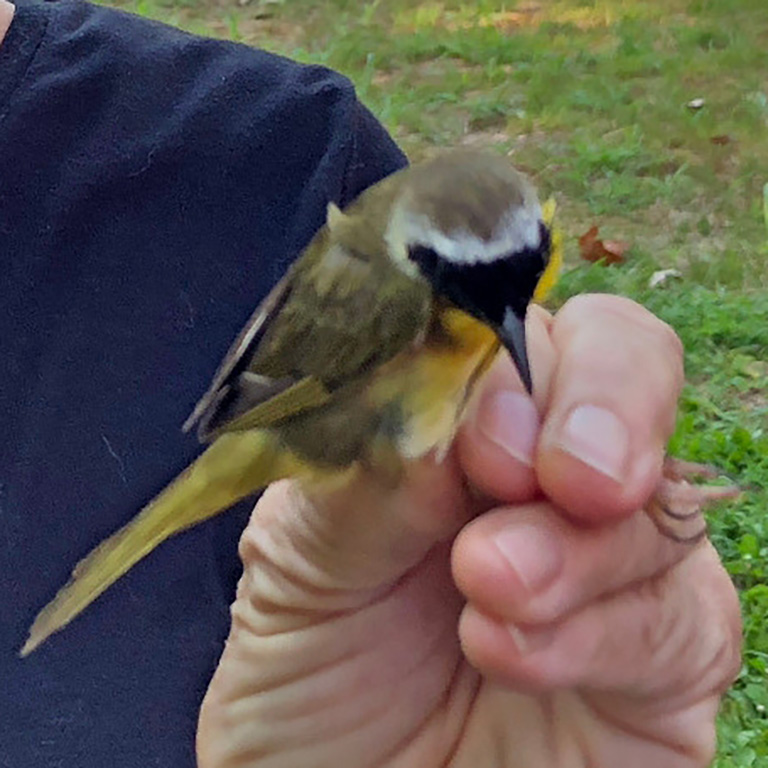
Distinguished Professor of Biology Ellen Ketterson and Bloomington resident Eve Cusack established a bird banding station, entwining science with education.
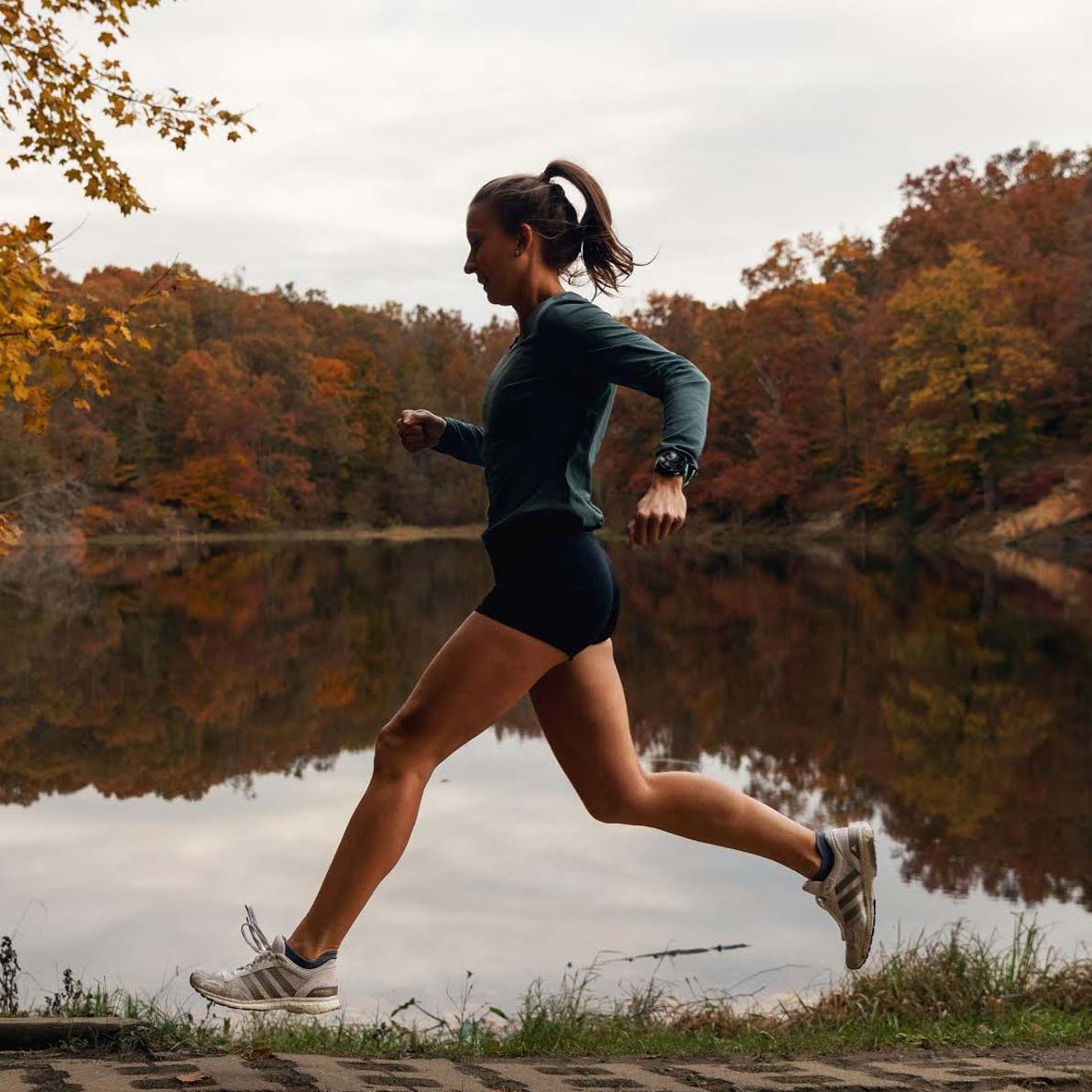
Olivia Ballew, a Ph.D. candidate in the Lacefield lab, balances running and graduate school.
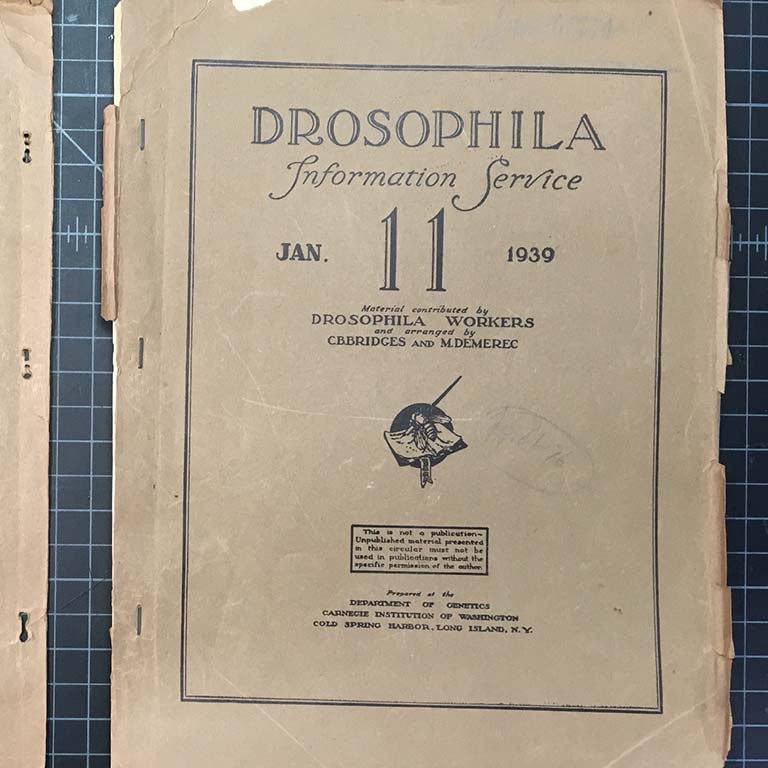
IU's international reputation for Drosophila research attracts donation of collection for preservation.
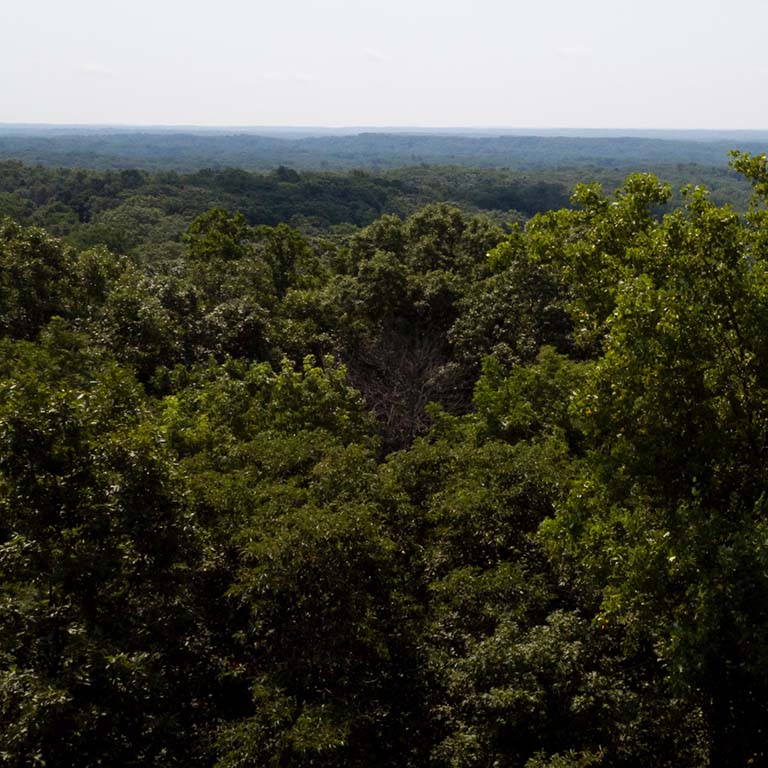
Tree changes in the midwest and eastern U.S. will lead to more atmospheric chemicals that cause air pollution and respiratory illness.